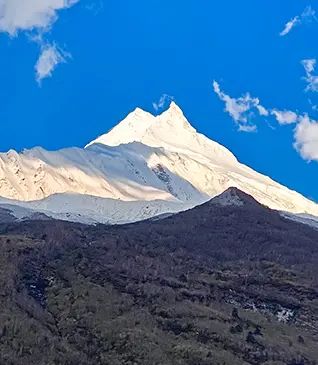Located in the remote confines of the Zanskar region of Ladakh, the Chadar Trek is a unique albeit challenging adventure waiting to be experienced. The Hindi word “Chadar” translates to “blanket” or “a sheet” in English, which aptly describes the frozen Zanskar River that becomes a pathway for Ladakhi people in the winter months.
During the harsh winter months, when temperatures plummet to bone-chilling levels, the Zanskar River transforms into a frozen road, providing a surreal and thrilling trekking experience. Trekkers brave sub-zero temperatures and traverse the icy terrain, surrounded by towering cliffs, frozen waterfalls, and awe-inspiring landscapes that seem straight out of a fantasy world.
The Chadar Trek is renowned not only for its stunning natural beauty but also for the physical and mental challenges it presents. It's a test of endurance, where trekkers must navigate the unpredictable ice formations, cope with extreme cold, and adapt to high altitudes. Yet, it offers an opportunity for personal growth and self-discovery, making it a truly unforgettable adventure.
How Is Chadar Formed?
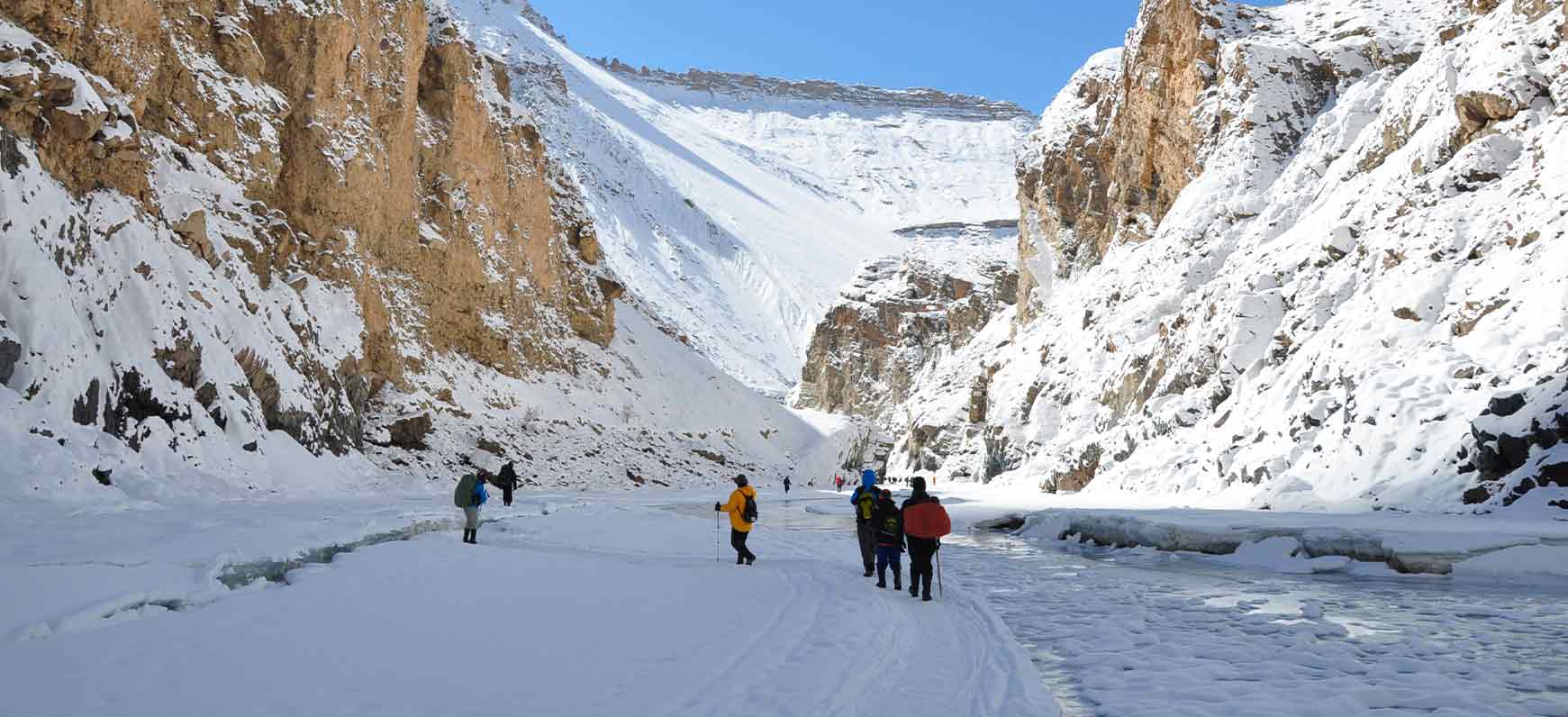
While many of you must have heard of this interesting phenomenon of the Zanskar River forming into a giant ice bed, I am sure some of you might think about how it is formed.
The Zanskar region experiences extremely cold temperatures during the winter, with temperatures often dropping well below freezing, reaching as low as -30°C (-22°F) or even colder. This intense cold is essential for the formation of a thick layer of ice on the river's surface. Nighttime temperatures in the Zanskar region can be particularly brutal during winter, causing any exposed water to freeze rapidly. This consistent freezing and thawing cycle gradually builds up the ice sheet on the river. The region receives minimal precipitation during the winter months, which means that the river remains relatively dry, and the process of freezing is not interrupted by snowfall or rain. Also, as the Zanskar River flows through narrow gorges, the reduced width and limited exposure to sunlight play a crucial role in maintaining the low temperatures required for the river to freeze consistently. These unique geological and climatic conditions combine to create the extraordinary phenomenon of the Chadar Trek.
Connecting Link Between Zanskar & Rest Of Ladakh

While the Chadar trek is an incredible experience for adventure junkies but it has long been the only connecting link between Zanskar to other parts of Ladakh during the harsh winter months. Zanskar is located in a very remote corner of Ladakh and is cut off completely from the rest of the country for most of the winters due to heavy snowfall and the roads and passes being blocked by snow. The local people discovered that the Zanskar River froze in the winter months and served as the only pathway between Zanskar and other parts of Ladakh. The Chadar Trek was historically used as a trade route that connected the Zanskar Valley with Leh and other parts of Ladakh. It served as a lifeline for the local communities, allowing for the exchange of essential goods like salt, grains, and textiles during the harsh winter months when other routes were inaccessible and in the present time it has become one of the most popular trekking destinations. As tourism grows in the region, the Chadar Trek provides an economic incentive for the local communities to preserve their cultural heritage. It encourages the younger generation to stay connected with their roots and traditions, ensuring the continuity of Ladakhi culture.
Unparalleled Natural Beauty
One of the reasons why we consider the Chadar Trek a once-in-a-lifetime experience is because of the fact that it presents a visual feast of breathtaking natural beauty.
The Frozen Zanskar River
.jpg)
The key attraction of Chadar Trek is undoubtedly the frozen Zanskar River itself. During the winter months, this mighty river transforms into a surreal, icy wonderland. The entire river surface freezes over, creating a glassy sheet of ice that reflects the surrounding landscape and the azure skies above. Walking on the frozen river is an otherworldly experience, as trekkers traverse the crystal-clear ice with the riverbed visible beneath their feet. The pristine beauty of the frozen river, with its intricate ice formations and ever-changing textures, is a sight to behold.
Frozen Waterfall at Nerak
Along the route, you will come across a stunning phenomenon that you probably haven’t seen before - a frozen waterfall. The gigantic waterfall near Nerak is completely frozen during the winter months giving the impression that it is standing still in time. The cascading water creates intricate ice formations that drape over the cliffs and rocks, forming dazzling ice curtains. The sunlight filtering through the ice can create a mesmerizing play of colours and light.
Towering Cliffs & Gorges
.jpg)
The trek offers stunning views of the snow-covered landscapes of the Zanskar Valley and the surrounding mountains. The monochromatic white palette of the snow, combined with the deep blue of the frozen river, creates a stark yet striking contrast.
Starry Nights
.jpg) Nights are often exceptionally clear in the Chadar Trek, providing an opportunity for stargazing. The night skies are adorned with countless stars, creating a magical and tranquil atmosphere.
Nights are often exceptionally clear in the Chadar Trek, providing an opportunity for stargazing. The night skies are adorned with countless stars, creating a magical and tranquil atmosphere.
The Chadar Trek's natural landscapes and vistas are nothing short of mesmerizing. They offer trekkers a sense of wonder and a connection to the raw beauty of the Himalayan wilderness. Whether it's the frozen river, the ice formations, the towering cliffs, or the starry skies, each aspect of the trek's landscape adds to its reputation as one of the most visually stunning and unique adventures in the world.
A Test Of Endurance and Tips To Overcome Challenges
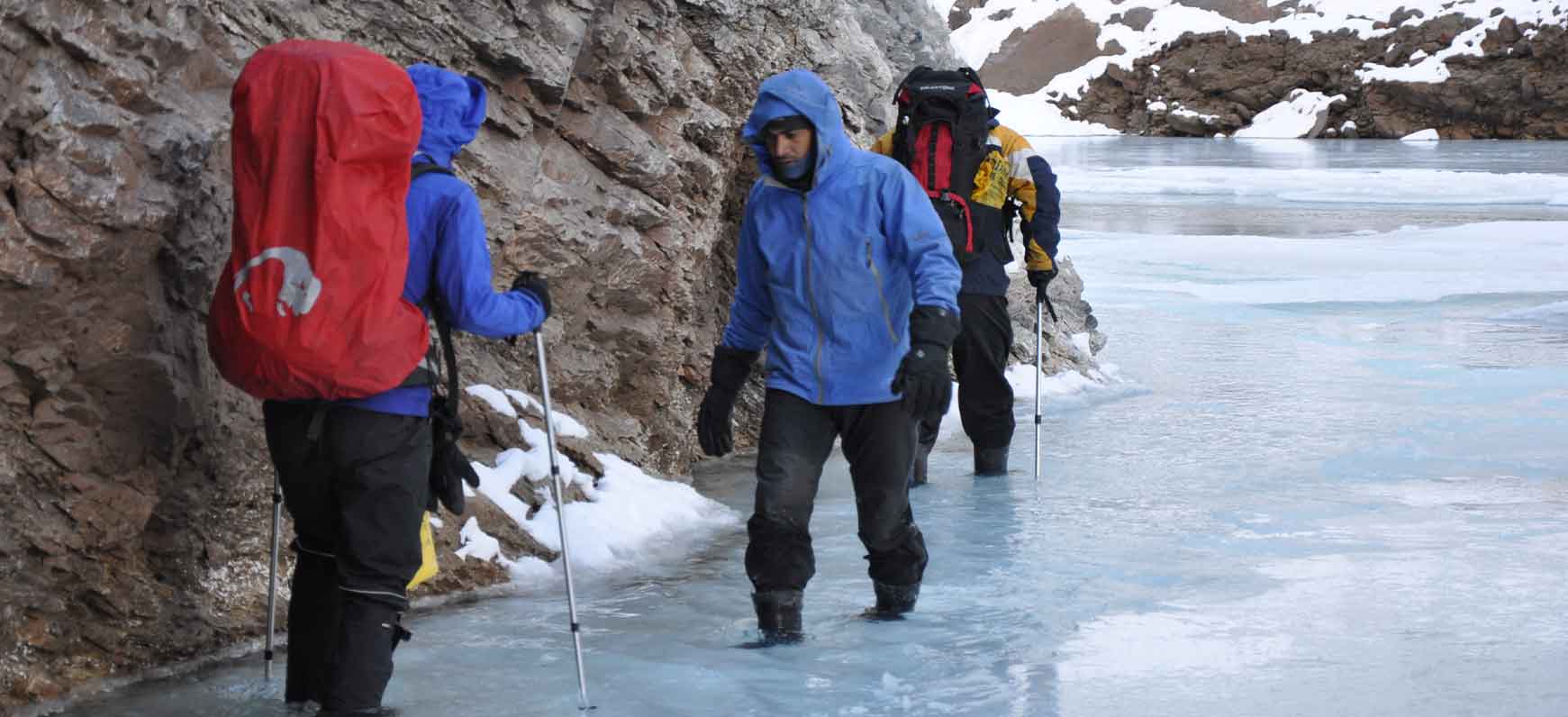
The Chadar Trek presents a series of significant challenges that trekkers must overcome, making it a true test of endurance and resilience. Perhaps the most immediate and relentless challenge on the Chadar Trek is the extreme cold. Winter temperatures in the Zanskar region can plummet to -30°C (-22°F) or lower, especially at night. Trekkers must constantly battle the biting cold, which can lead to frostbite and hypothermia if not adequately prepared. Layered clothing, insulated gear, and proper cold-weather accessories are essential to ward off the chill.
The Chadar Trek begins in Leh, Ladakh, already at a high altitude of over 3,500 meters (11,500 feet) above sea level. As the trek progresses, trekkers ascend even higher, reaching altitudes of 4,000 meters (13,000 feet) or more. High altitudes can cause altitude sickness, characterized by symptoms such as headaches, dizziness, nausea, and shortness of breath. Trekkers must acclimatize properly, stay hydrated, and listen to their bodies to avoid severe altitude-related issues.
The very nature of the Chadar Trek's frozen riverbed is unpredictable. The ice formations can change rapidly due to temperature fluctuations, river currents, and other factors. Trekkers may encounter smooth, glassy ice one moment and rugged, uneven terrain the next. Negotiating these varying ice conditions requires balance, adaptability, and a keen sense of judgment. Also, the Chadar keeps melting and forming again and again which means the route that you went in may not be the same as you return.
Trekkers often emerge from the journey with a profound sense of achievement, a deeper connection to nature and a heightened awareness of their capabilities. The challenges faced along the way become stepping stones to personal growth and an enduring source of pride and inspiration.
Experience The Warm Hospitality Of Ladakh
.jpg)
Chadar Trek not only allows you to witness the stunning natural beauty of the Zanskar region but also provides a unique opportunity to engage with the local Ladakhi culture. Living in a remote and rugged environment encourages trekkers to appreciate the simplicity of life in the Zanskar Valley. You'll gain an understanding of the Ladakhi people's resilience and adaptability in the face of challenging conditions. Ladakhi people are known for their warm and welcoming hospitality and during the trek one gets to experience the genuine friendliness of the villagers.
Trek Planning & Preparation
.jpg)
Timing & Season
The Chadar Trek is typically undertaken during the winter months when the Zanskar River freezes over. The best time is from mid-January to mid-February when the ice is stable. Avoid early or late winter when the ice may be too thin or unstable.
Physical Preparation
Start your physical preparation well in advance. Cardiovascular fitness and leg strength are crucial. Incorporate aerobic exercises like hiking, running, and cycling into your routine.
Mental Preparation
Mentally prepare for the challenges by acknowledging the extreme cold, high altitude, and physical demands of the trek. Develop a positive mindset and resilience. Be ready to adapt to changing ice conditions and unforeseen challenges.
Packing Essentials
→ Layer your clothing for insulation. Use moisture-wicking base layers, insulating layers (like fleece or down), and a waterproof and windproof outer shell.
→ Pack warm socks, gloves, a hat, and a balaclava to protect against frostbite.
→ Wear sturdy, waterproof trekking boots with good insulation. Carry extra pairs of dry socks.
→ Rent or bring a good-quality sleeping bag rated for sub-zero temperatures.
→ Invest in trekking poles for balance and stability on the icy terrain.
→ Carry a good-quality headlamp with extra batteries, as daylight is limited during the winter months.
Health & Altitude
Be aware of the symptoms of altitude sickness (headache, nausea, dizziness), and be prepared to descend if necessary. Carry essential medications and a basic first aid kit.
Remember that the Chadar Trek is physically and mentally demanding. Adequate preparation, the right gear, and a positive attitude are key to ensuring a safe and enjoyable adventure in this stunning but challenging environment.
The Chadar Trek is a rare opportunity to witness the Zanskar River transform into a crystalline ice sheet, a phenomenon found in only a few places on Earth. Don't miss the chance to experience the extraordinary! Join us on this extraordinary adventure and create memories that will last a lifetime!
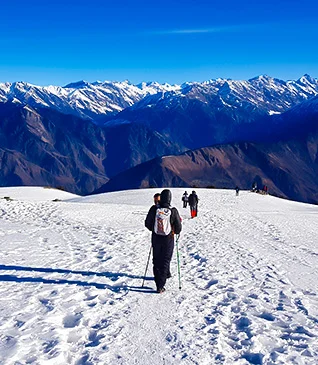
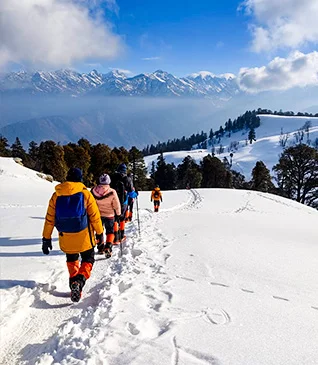
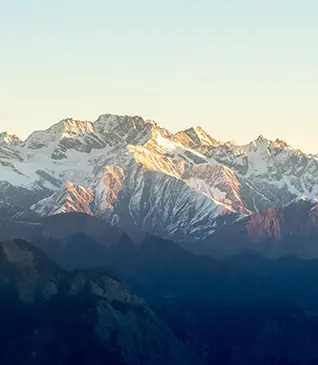
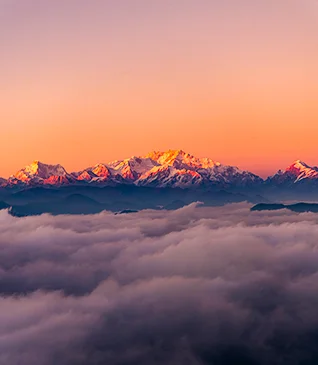
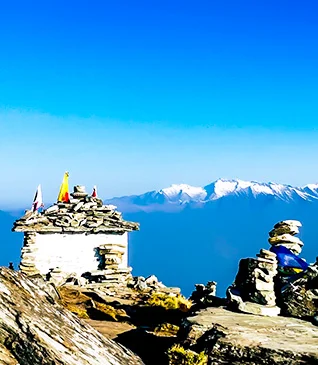
.webp)
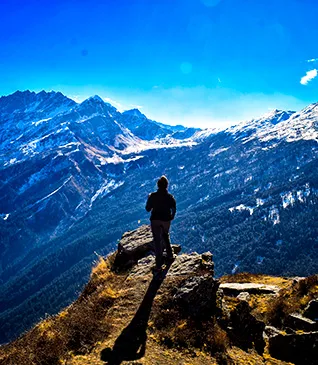
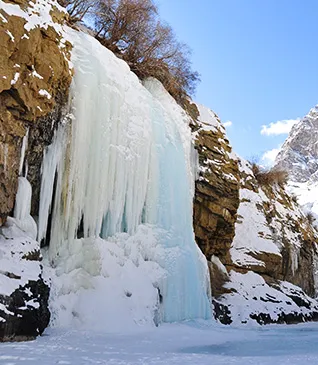
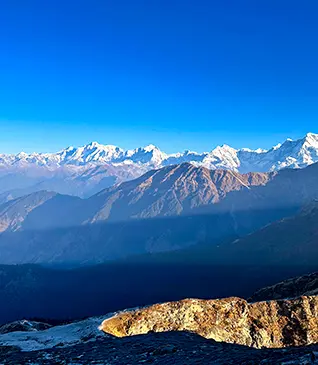
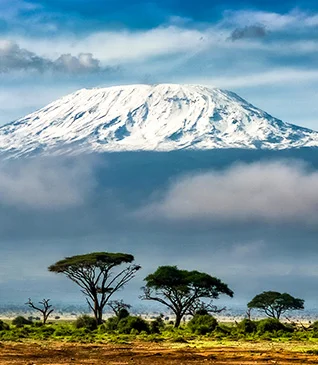
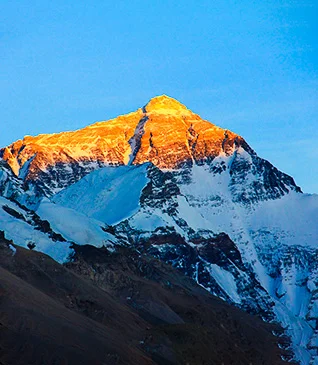
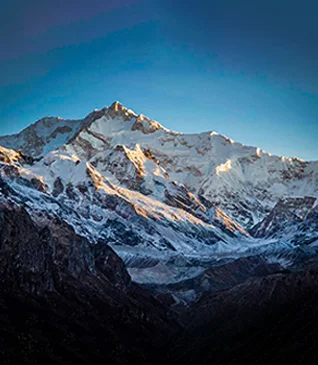
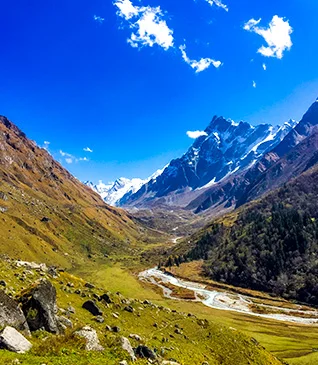

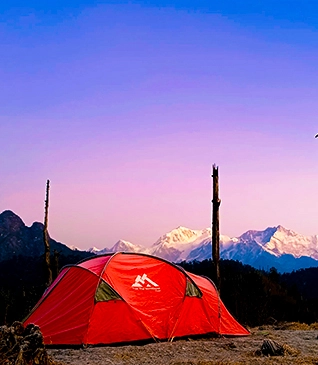
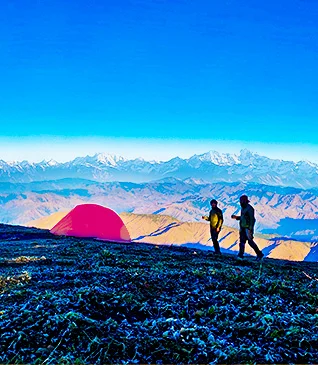
.webp)
